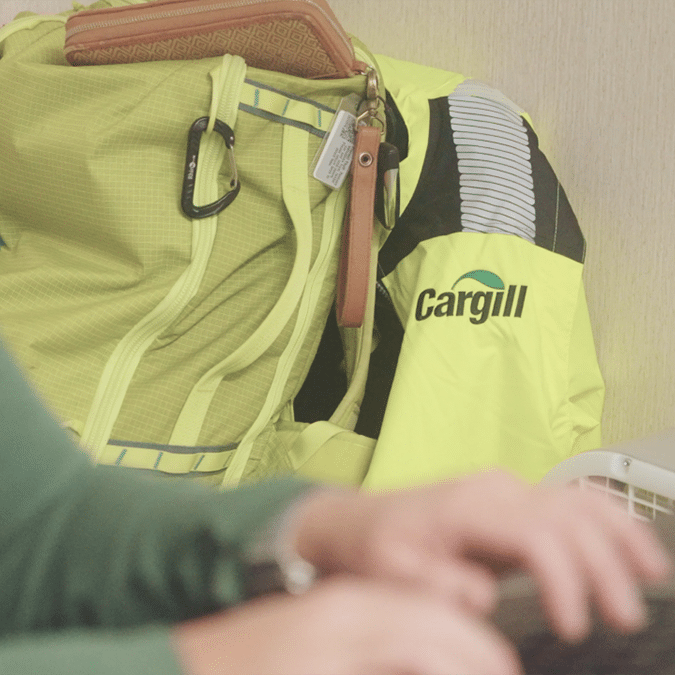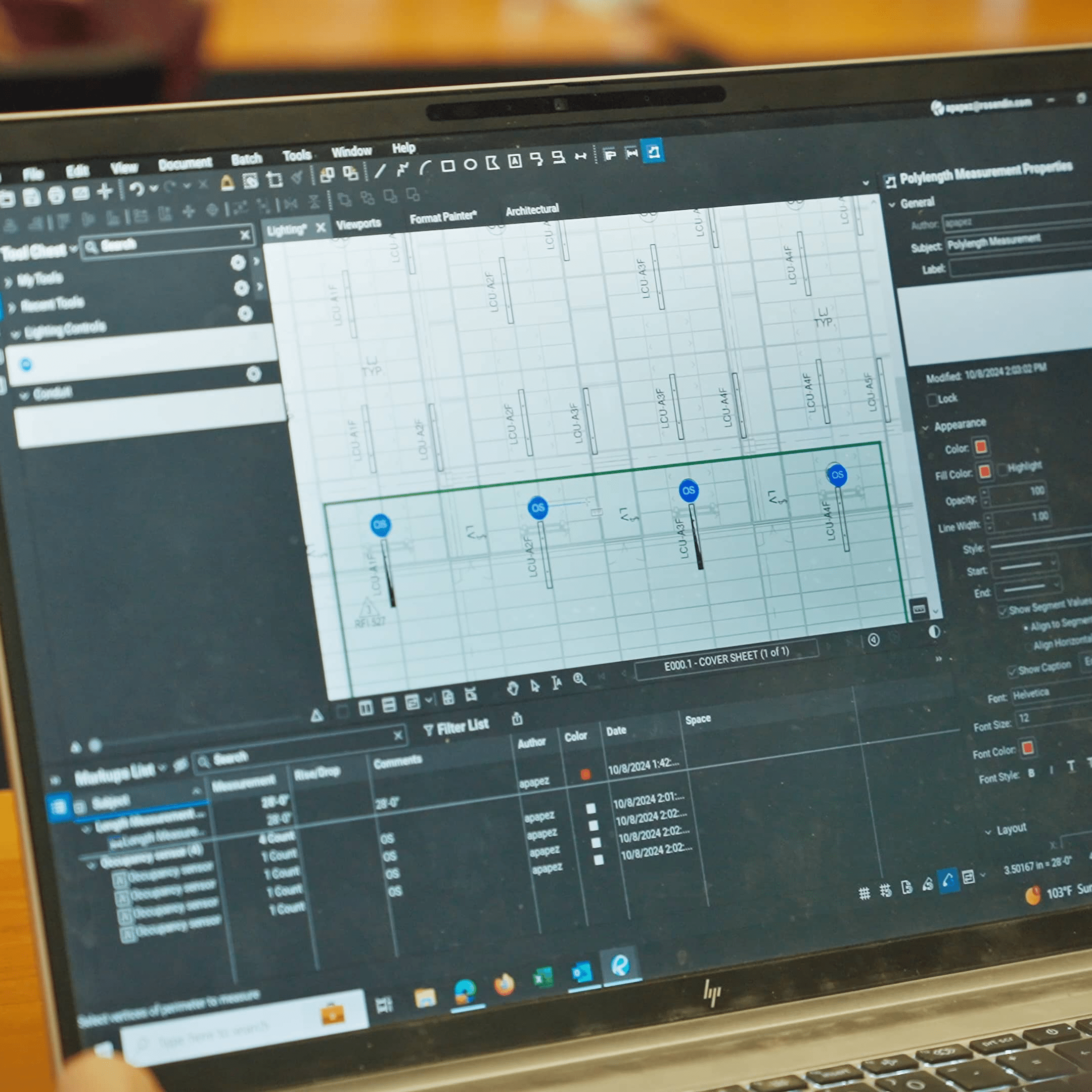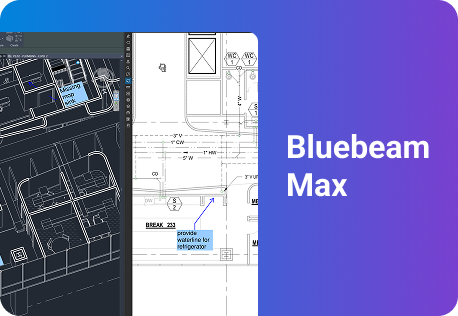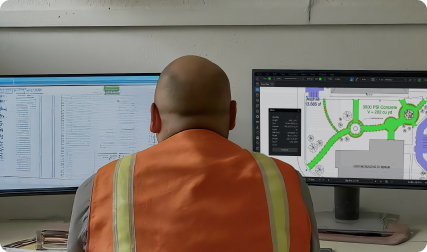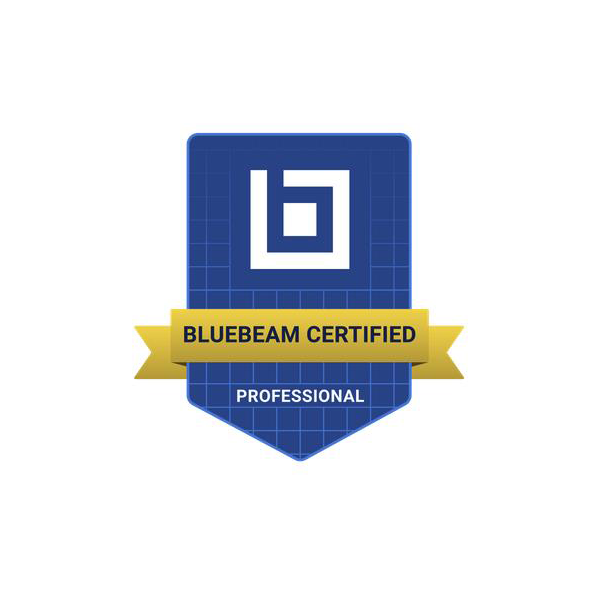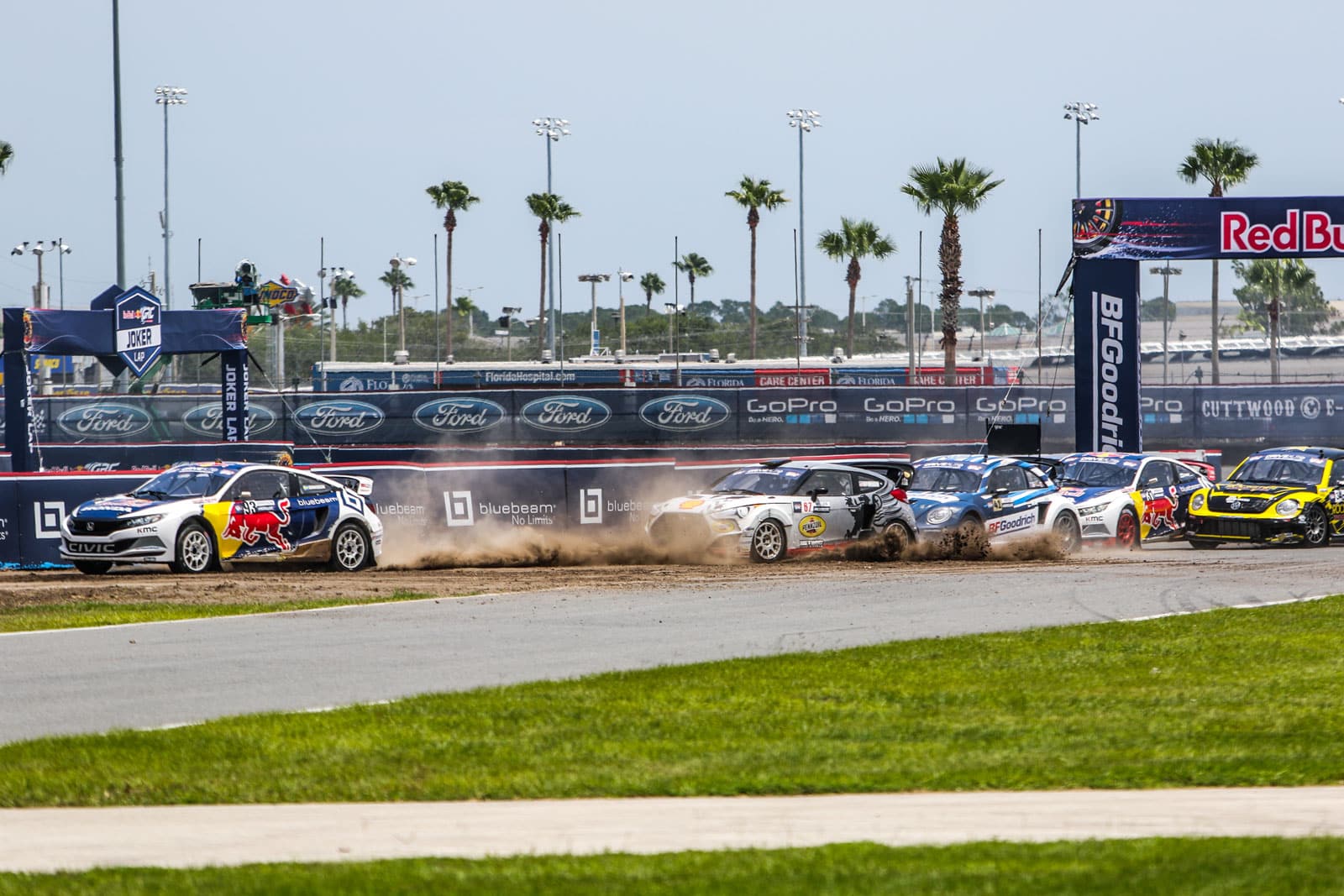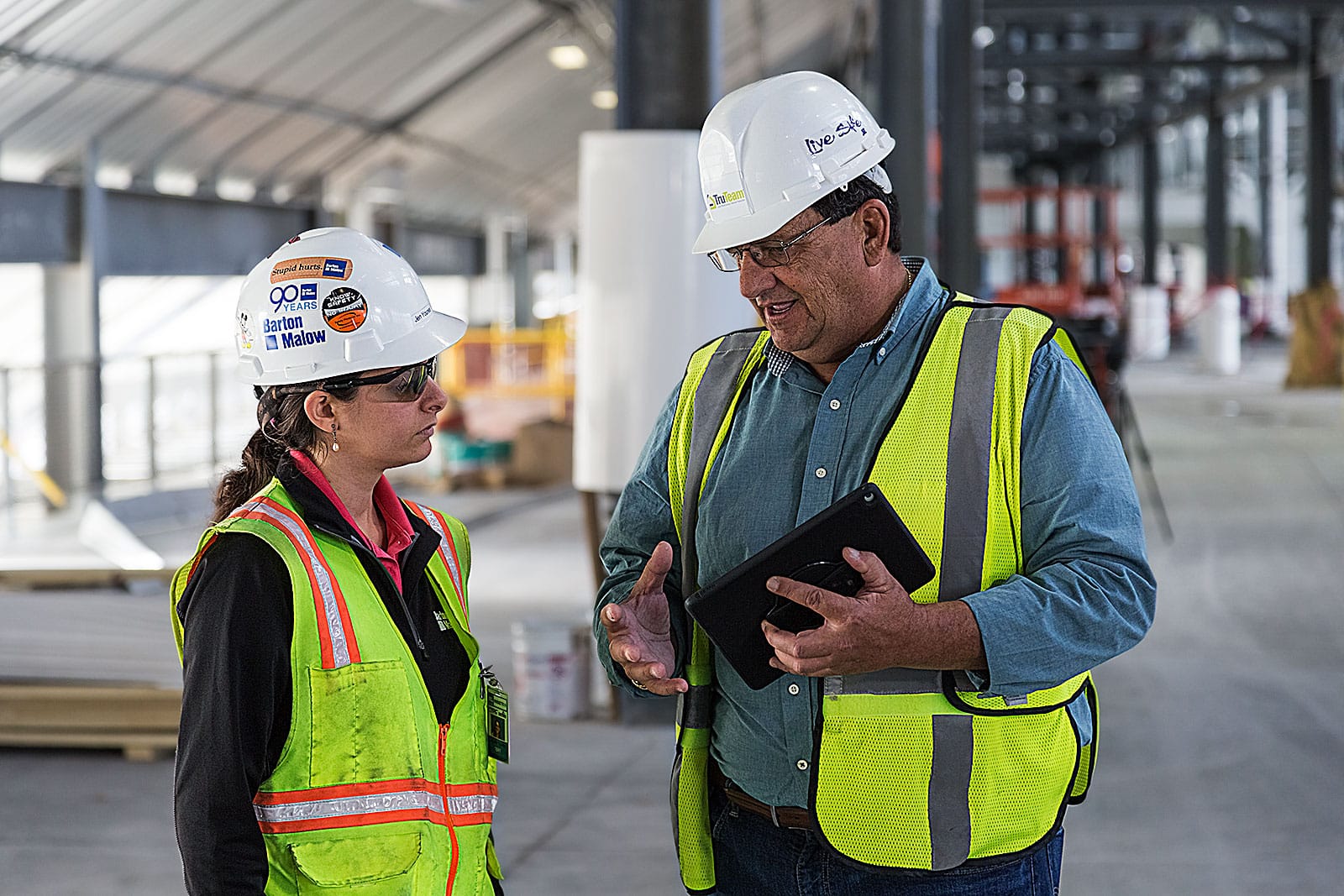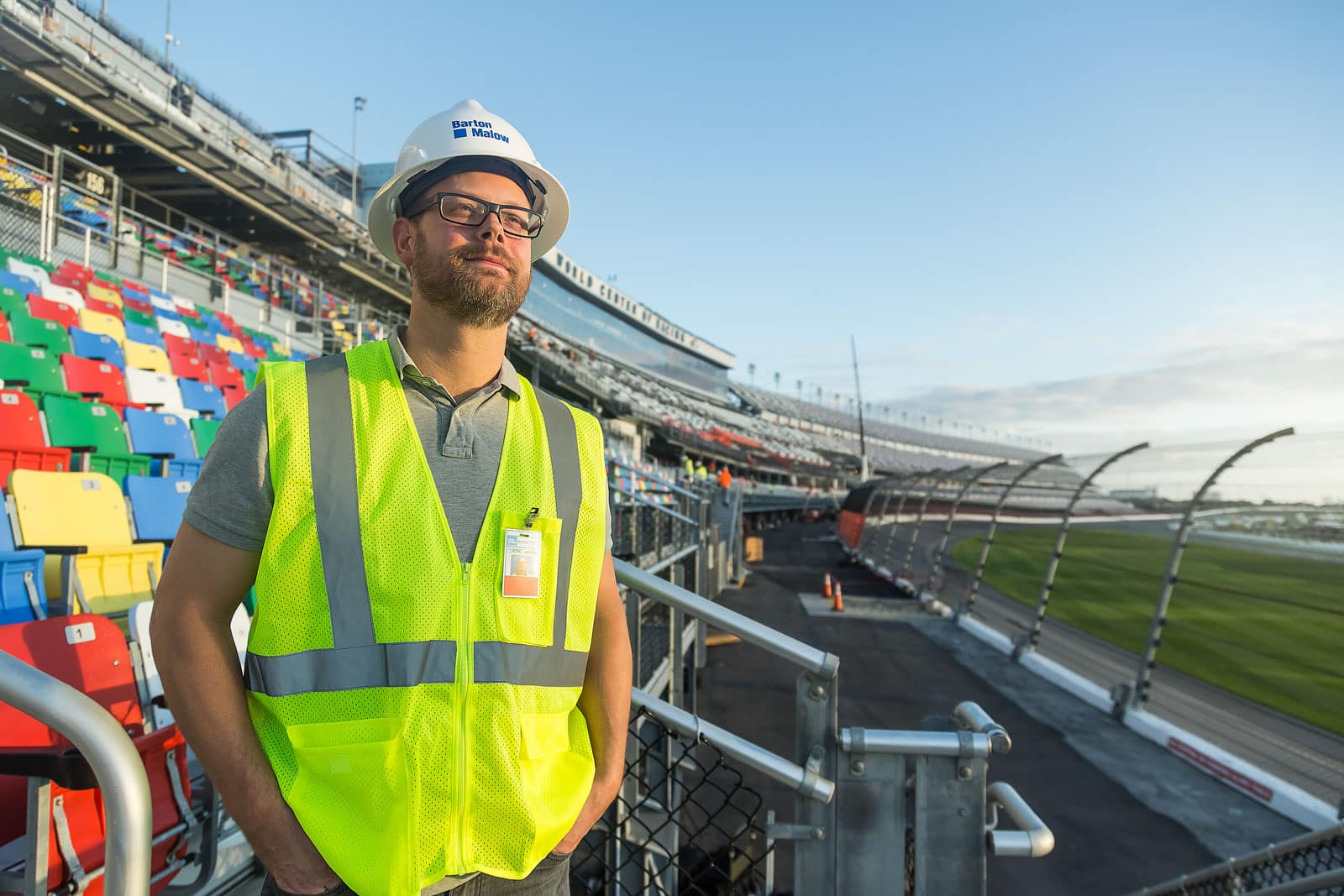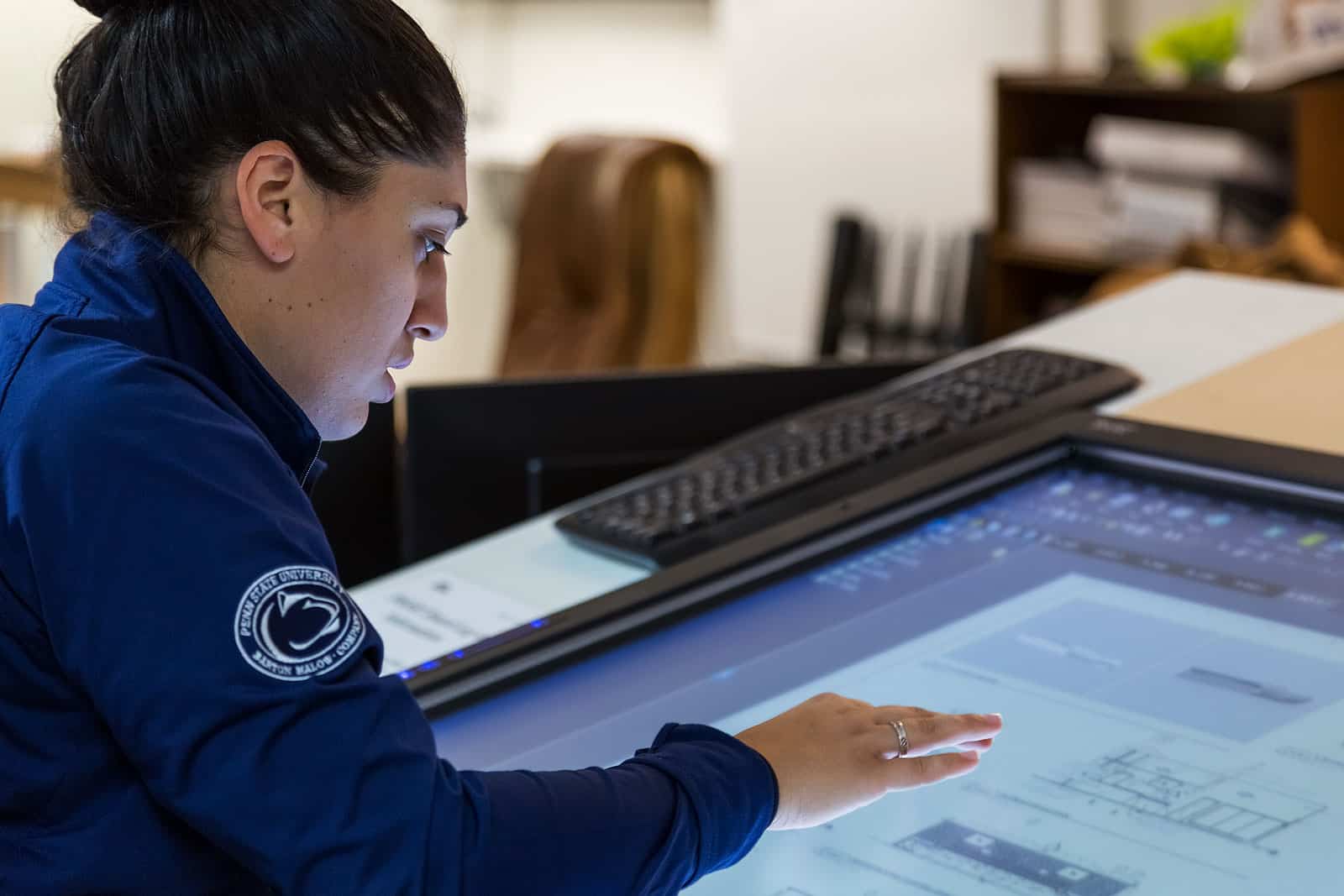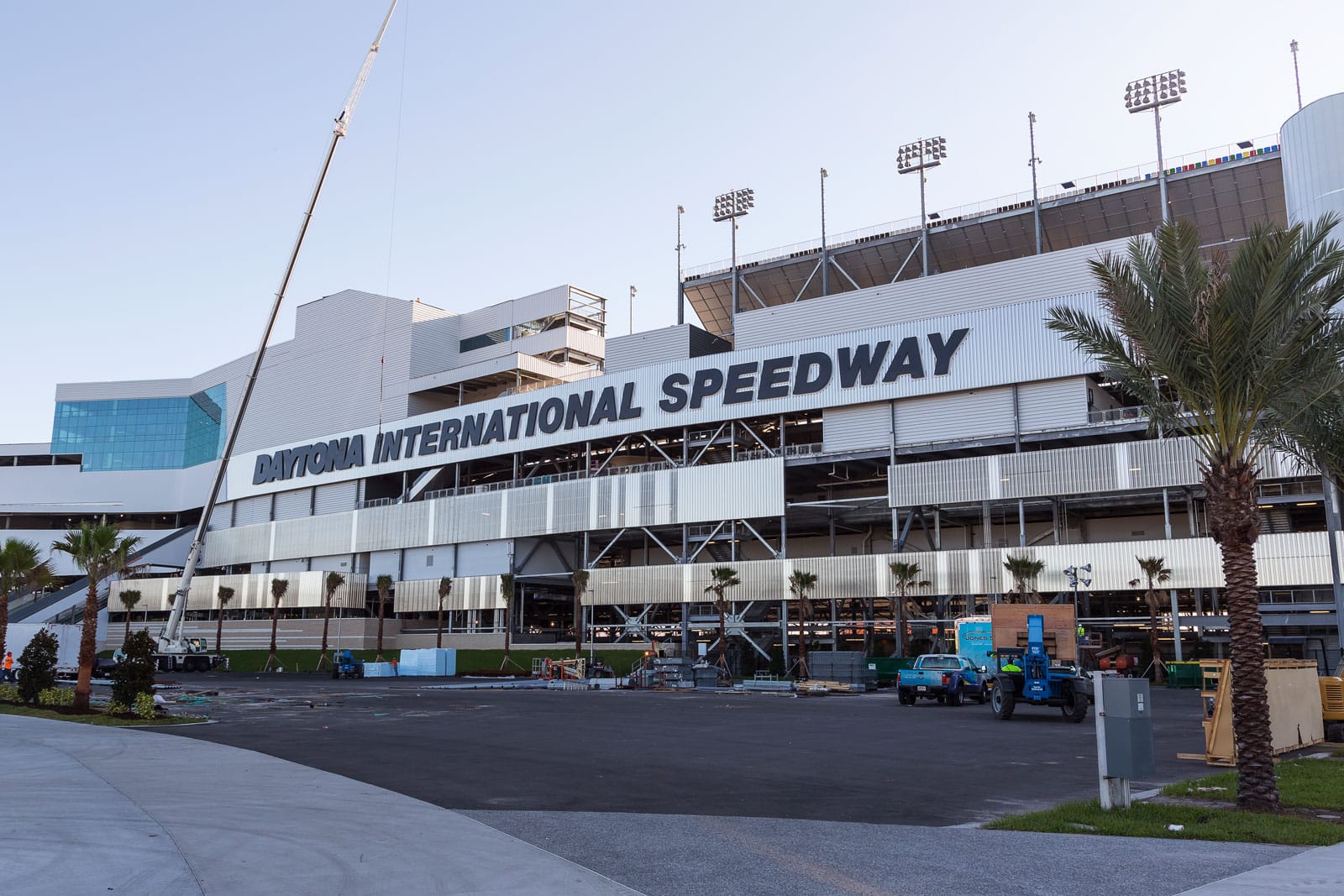Barton Malow Transforms Daytona International Speedway
Daytona International Speedway® (DIS) is so massive that fifteen of Florida’s other stadiums can simultaneously be placed within it. The track is so long, the curvature of the earth had to be accounted for when planning construction on the surrounding stadium. And even under construction, the track couldn’t take a year off – iconic races, like the DAYTONA 500, could not be moved.
From the beginning planning stages in 2010 to final turnover in January 2016, Barton Malow and their design partner, ROSSETTI Architects, tackled the challenge of executing the first comprehensive, $400 million renovation the venue has experienced since its construction in 1959, transforming the iconic site from a grandstand into the world’s first motorsports stadium. The project, coined DAYTONA Rising, broke ground in July 2013 and generated upwards of 150,000 electronic files from Barton Malow’s side alone.
Learn how digital document management and collaboration made the iconic DAYTONA Rising project possible while introducing communication transparency into the process.
Crunched Time
The project owner, International Speedway Corporation (ISC), required that signature events and races be held on site as scheduled despite the ongoing construction. Therefore, the project would occasionally need to shut down to hold these events. Being “race ready” meant configuring and shutting down the active jobsite multiple times throughout construction, allowing tremendously large numbers of racing fans to safely pass through the grounds.
“In a 30-month schedule, we had five-and-a-half months of racing going on, so our real construction schedule was only about 24-and-a-half months long.”
“In a 30-month schedule, we had five-and-a-half months of racing going on, so our real construction schedule was only about 24-and-a-half months long,” says John Dobbins, Barton Malow Director of Operations on DAYTONA Rising. Additionally, the project had a hard January 2016 completion date for the flagship DAYTONA 500 race. To stay on schedule, Barton Malow knew digital project document access and management were going to be key. Ensuring that team members could locate a single source of truth and confidently work off of latest drawing iterations was a focus for Barton Malow early on.
On this highly complex design-build project, Barton Malow Project Director Jason McFadden committed to completely paperless workflows from project onset. “Transparency of information is really the driver of what we do,” explains McFadden. “I need to know that when [owner, Sr. Director of Construction] Bill Braniff at ISC looks at the drawings on his computer, there’s no difference from what I see, or what ROSSETTI sees.”
To establish transparency in design review and document management processes for project teams, McFadden suggested implementing Bluebeam Revu, a PDF creation and markup solution, and its integrated collaboration platform, Bluebeam Studio.
“We were being more transparent with information so that we could get things resolved sooner.”
“Bluebeam Studio gives us access to the same files from both the office and the field, so it was an easy decision,” says McFadden. “We had fully transparent Studio Sessions for submittals, where we could go in and see what the comments actually were before getting it back. We could start to be prepared to react. We were being more transparent with information so that we could get things resolved sooner.”
Seeing the benefits of universal document access and transparency among constructor, designer and owner, Barton Malow required that all trades workers use Revu as well, knowing that technology could enhance communication between all project stakeholders.
TruTeam was a critical trades firm providing insulation services on the project. TruTeam Project Manager Mike Kehrer was on board with Revu, explaining, “Technology helps the relationship between TruTeam and Barton Malow in that we’re able to speak the same language. We have the same technology, we can collaborate without any issues that come up when you’re working with a program that doesn’t communicate with another program.”
TRANSITIONING FROM MANUAL TO DIGITAL PROCESSES
Technology-Aided Document Comparison
Project designer ROSSETTI quickly found themselves using Revu’s Compare Documents feature to assess changes in drawings. “We were reviewing our drawings and consultant drawings for changes from the last issue. With a variety of people coming on and off the project, we found things could get lost just as easily as they could get added. Reviewing files manually meant there was too much room for error. The comparison tools, which automatically highlight all differences between two drawing revisions with easy-to-see clouds, have been a powerful way for us to ensure that all the changes have been clouded and the differences are clear,” says ROSSETTI Director of Technical Design, Greg Sweeney.
“With a variety of people coming on and off the project, we found things could get lost just as easily as they could get added. Reviewing files manually meant there was too much room for error.”
By setting up a Bluebeam Studio Session to share files, and by color-coding each discipline, everyone on the team could review drawings and add their comments in real time with better clarity. As ROSSETTI Design Lead on DAYTONA Rising Matt Taylor explains, “We opened 1,400-plus individual Studio Sessions to really make the process much faster. It translated to getting turnaround in eight working days for some of this information, which normally would take ten.”
A Digital Submittal Process
ROSSETTI also performed their submittal process in Revu, shaving weeks of time off the process by removing the effort of manually reviewing multiple hard copies. “We went from days and weeks to just minutes,” notes Sweeney. “Now we review and answer questions as they happen, right on the screen. If someone notes ‘Architect to verify dimension,’ we can respond as soon as we see it.”
“You almost need to make it mandatory for the owner to participate in a Studio Session with the design-build team.”
This process also benefitted the owner, ISC, who was able to review changes at the same time as the consultant team. “The ability to review drawings for important items like signage has been very helpful since we can add our comments before the shop drawings get approved. Otherwise, they’d just end up back on our desks, where we’d make changes, so this saves everyone a lot of hassle. You almost need to make it mandatory for the owner to participate in a Studio Session with the design-build team,” explains Braniff.
Batch Hyperlinking
To automate more of the document-handling process, teams switched from manual hyperlinking of digital drawing sets and used Revu’s Batch Link functionality. Manually linking thousands of drawings with 30,000 to 40,000 links used to require an army of project engineers to accomplish. With Batch Link, just two people were needed to quickly and automatically link up entire document sets, designating unlimited hyperlinks by file name, page label or page region with just the click of a button. “It’s a huge money saver because without batch hyperlinking, you’re paying someone to sit there for hours and hyperlink everything—and errors occur because of fatigue,” says Barton Malow Project Engineer Jose Sandoval.
REACHING THE CHECKERED FLAG
February 2016 marked the first DAYTONA 500 in the newly reimagined Daytona International Speedway. The adoption of completely paperless workflows with Bluebeam Revu and the constant drive to maintain transparency had a lot to do with delivering the highly complex DAYTONA Rising project on time and on budget. “Technology allowed us to be more transparent, and looking at the same information, we can solve things a lot sooner in the process, making sure that we align everyone’s goals on the project,” says McFadden. “It’s the domino effect. Leveraging technology will allow us to be more successful and have even better future project teams as a result of it.”
